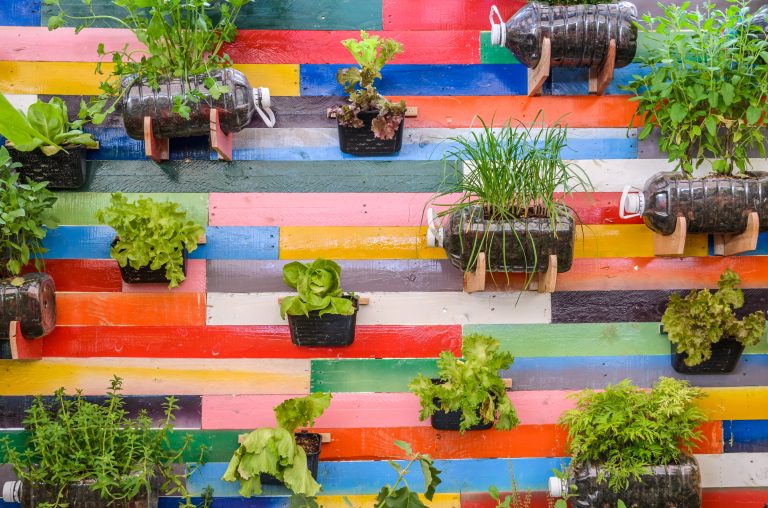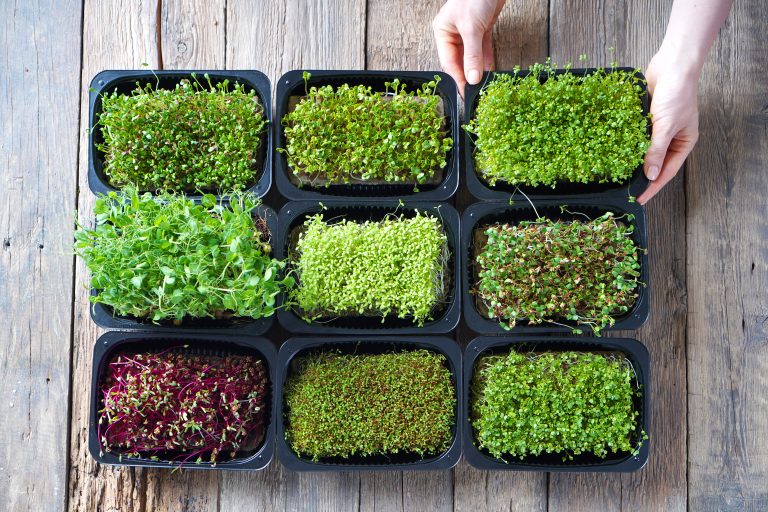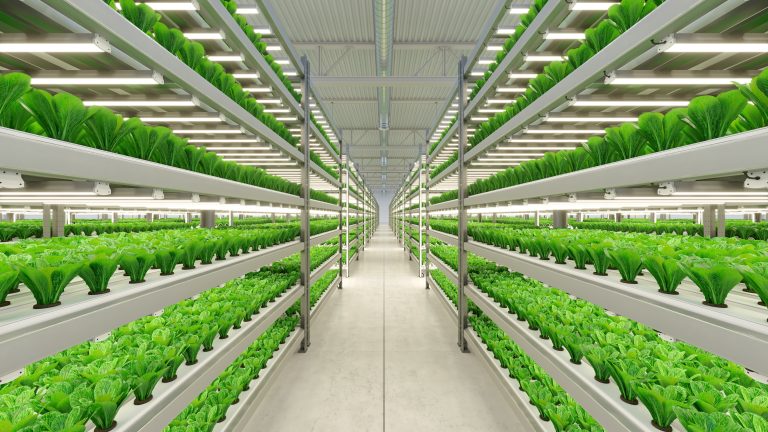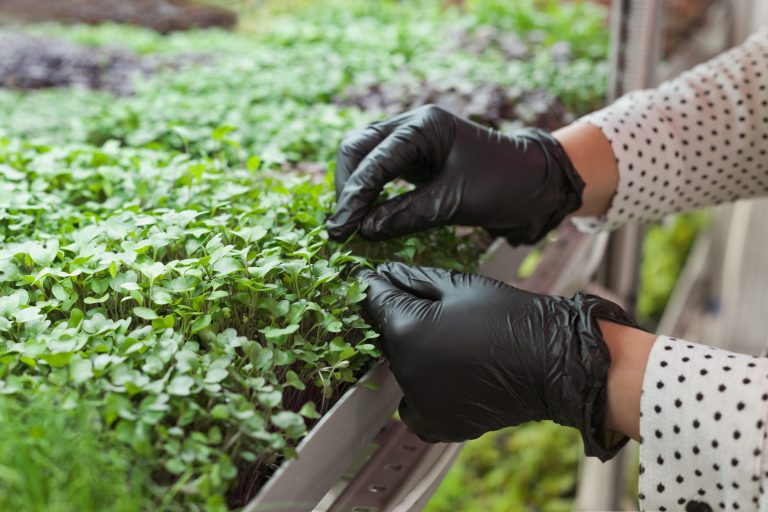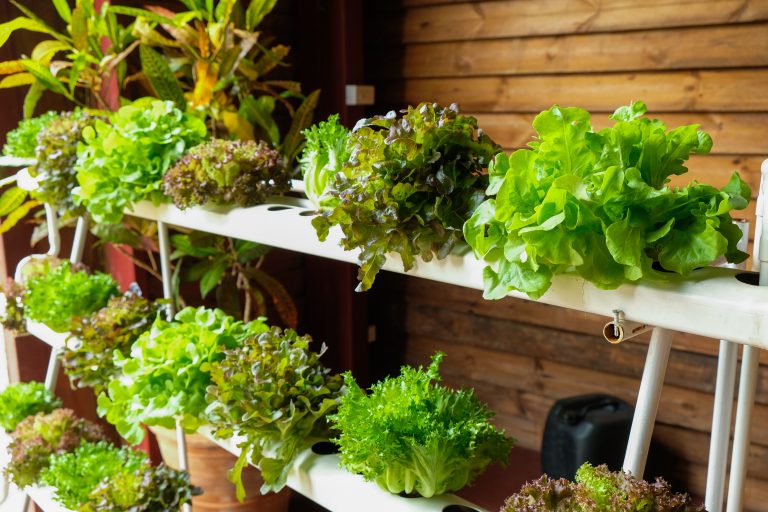10 Secrets to Houseplant Survival Success!
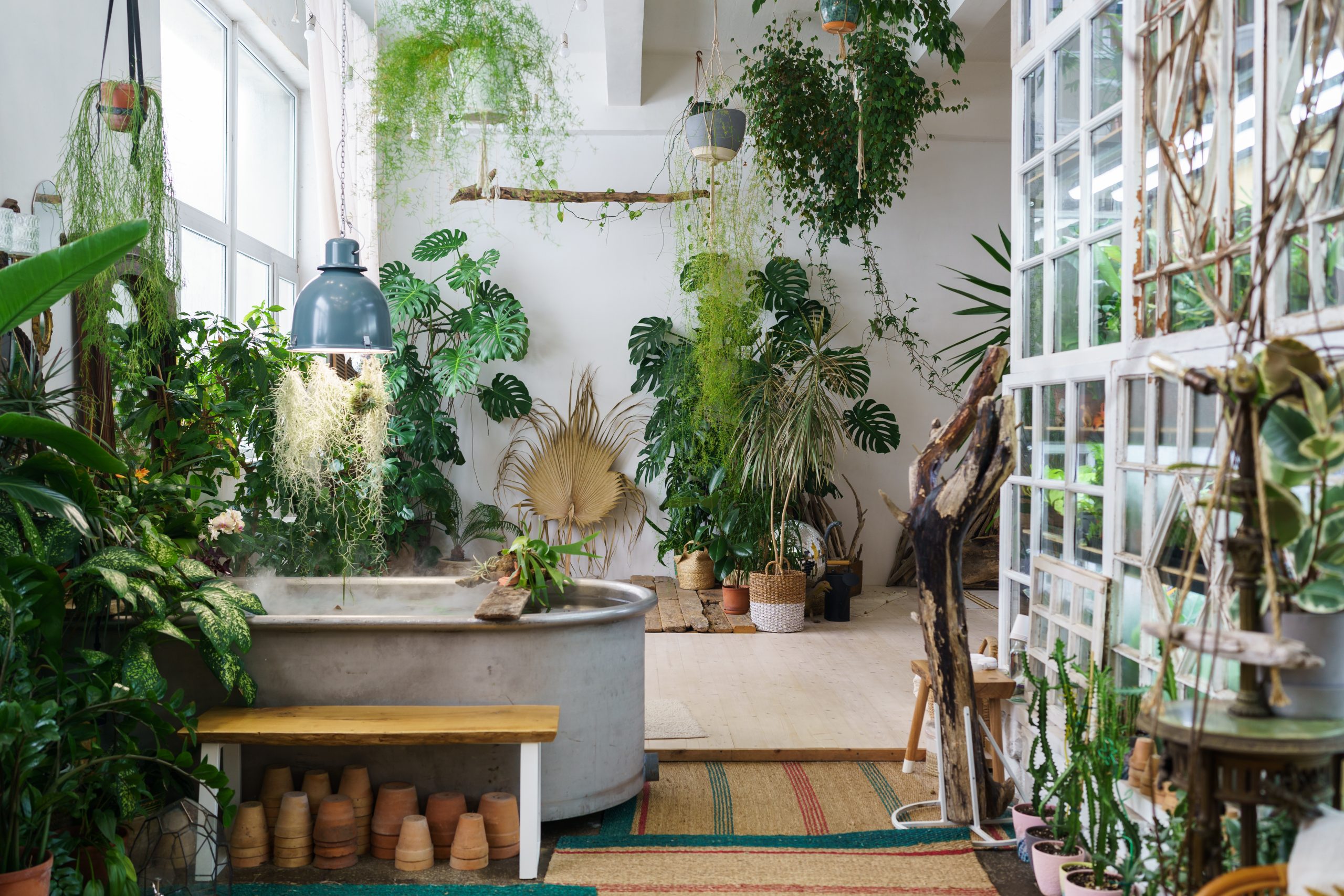
Welcome to the lush world of indoor greenery, where your living space transforms into a verdant oasis. Here are the insider secrets to turning your home into a thriving plant haven that’ll have your friends green with envy.
1. Mastering Light Exposure
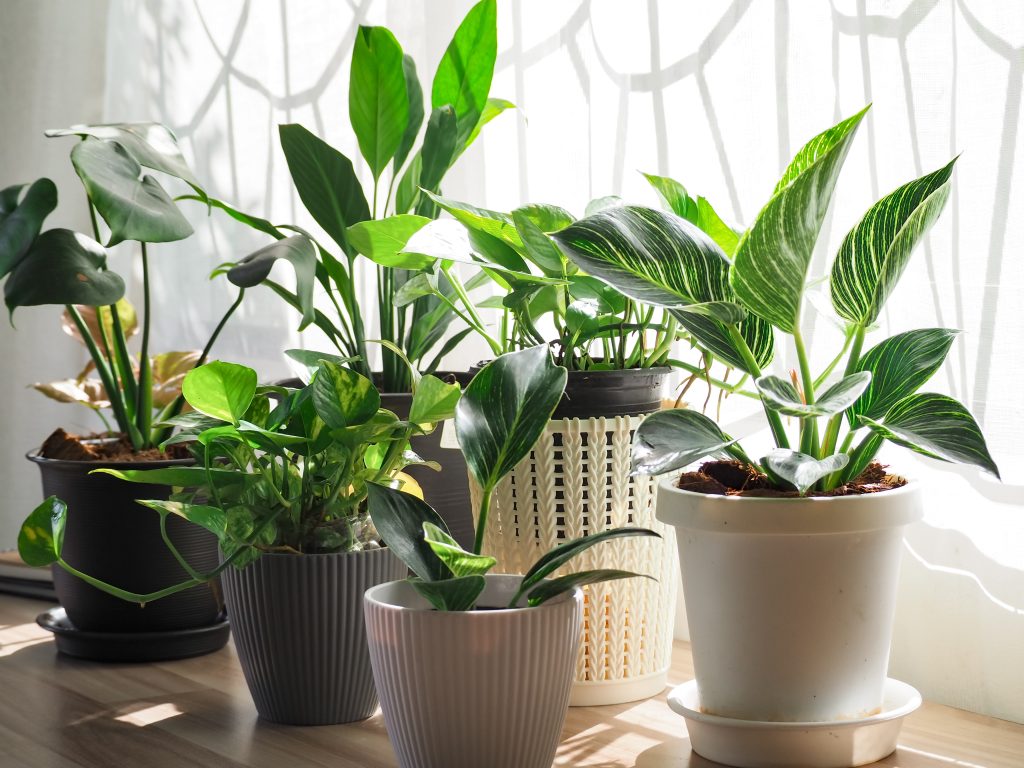
Let’s talk about your plant’s non-negotiable: sunlight. These leafy friends aren’t just soaking up rays for a tan; they’re photosynthesizing to stay alive. It’s like their morning coffee, essential. But not all plants crave the same amount of sunshine. Some are sun-worshippers, while others prefer the soft glow of indirect light.
Think of it as setting up the perfect lighting for a photo; you wouldn’t want your plants to be overexposed or underlit. Rotate your plants regularly to ensure they get even light and avoid the “Leaning Tower of Pisa” look. Remember, the right light can mean the difference between a thriving plant and a withering one.
2. Decoding Soil Secrets
Soil is more than just dirt; it’s the life-support system for your houseplants. Each plant species might prefer a different mix, like a bespoke suit tailored to their needs. Some adore a chunky, aerated mix, while others want something that retains moisture like a sponge.
Hey hey! Don’t forget to subscribe to get our best content 🙂
Stick your finger in the soil; if it feels like a wet towel, hold off on the watering can. And here’s a secret: good drainage is the unsung hero. Without it, you’re setting the stage for root rot, and trust me, that’s a comeback story that rarely ends well (we’re not in Hollywood, folks).
3. Timing Water Wisely
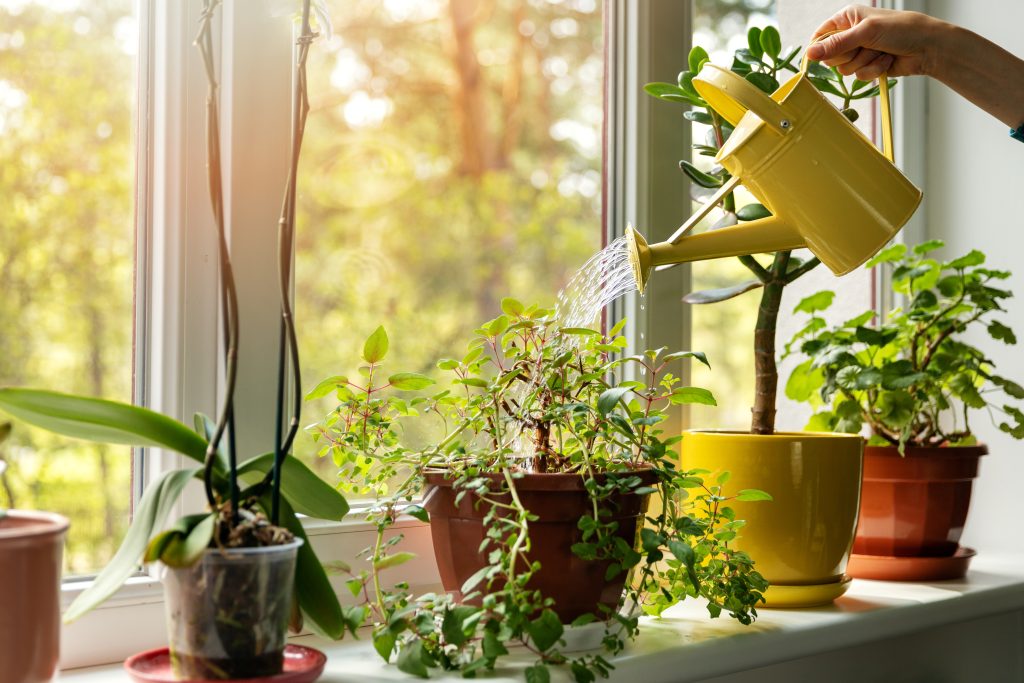
Watering plants isn’t just about quantity; it’s about timing. Overwatering is like that one friend who doesn’t know when to leave the party—it’s all fun until it’s too much. On the flip side, underwatering is like ghosting your plants—they’ll feel neglected. Learn the art of the “soak and dry” technique, where you water thoroughly and then let the soil dry out before the next watering.
This mimics natural rainfall patterns. And don’t just go on autopilot; check the top inch of soil for dryness. Even the most self-sufficient plant needs a drink now and then, just like you need your morning coffee.
4. Feeding for Foliage Health
Think of plant food as a gourmet meal for your green buddies. They don’t need it all the time, but when they do, it’s a game-changer. Most houseplants need a balanced fertilizer, but not too often—overfeeding can be just as bad as overwatering (there’s a theme here: moderation is key).
I once over-fertilized my fiddle leaf fig, and let’s just say it wasn’t pretty. Feed them during the growing season (spring and summer), and then give them a break during the winter when they’re resting. It’s like they’re on a plant vacation.
5. Perfecting Humidity Levels
Many houseplants hail from jungles and miss that tropical humidity like a tourist misses their flight home. Cranking up the humidifier can transport them back to their happy place. But if you’re not into turning your living room into a steam room, clustering plants together can create a microclimate of moisture.
And let’s not forget the bathroom; it’s a daily spa day for humidity-loving plants. Just make sure they get enough light, or it’s less “spa day” and more “abandoned locker room.”
6. Pruning Like a Pro
Pruning is the haircut your plants desperately need but can’t ask for. Dead or yellowing leaves are like last season’s trends—best to let them go. Pruning encourages new growth and keeps your plants looking fresh and full.
Don’t be afraid to get snippy; make sure your tools are clean and sharp to avoid any “botanical butchery.” And remember, a little off the top can be rejuvenating, like that post-breakup haircut that makes you feel fabulous.
7. Detecting Pests in Early
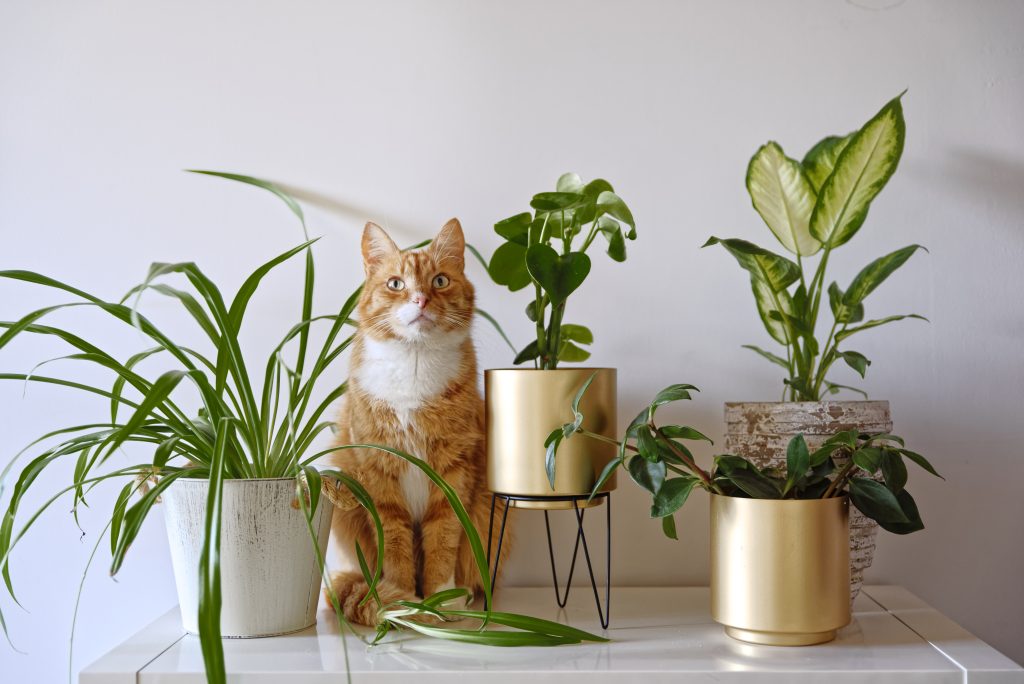
Pest control is the dark side of plant parenting, but it’s better to face it head-on than to live in denial. Keep an eagle eye out for telltale signs of infestation—sticky leaves, tiny webs, or the dreaded white fluff.
Catching these critters early is key to saving your green sanctuary. And if you do find uninvited guests, don’t panic. A little neem oil or insecticidal soap can send them packing. It’s like setting up a “no trespassing” sign on your foliage.
8. Choosing the Right Pots
The right pot is like the right pair of shoes; it’s all about fit and style. Make sure your pot has drainage holes to prevent soggy roots. When it comes to material, there’s a pot for every preference—terracotta breathes, plastic retains moisture, and ceramic adds a touch of class.
Remember, re-potting is a plant’s rite of passage. Give them space to grow, but not too much, or they’ll throw a wild root party in all that extra soil.
9. Propagating Plants Properly
Propagating is like cloning your favorite plant but without the sci-fi drama. It’s a cost-effective way to expand your indoor jungle. Whether it’s snipping a stem or dividing the roots, make sure you’re using a healthy parent plant.
Rooting hormone can be the fairy dust that helps your cuttings take root. And patience is key—think of it as a plant maternity ward, where new life takes time to flourish.
10. Seasonal Care Strategies
Plants, like people, have seasonal needs. In winter, they’re Netflix-and-chill mode, so ease up on the watering and fertilizing. But when spring hits, it’s go-time. Gradually increase light exposure, and start your feeding routine.
Summer is the growth spurt season, so be ready to upsize pots if needed. Come fall, it’s time to prepare for the cool-down. Think of it as prepping your plants for a cozy hibernation.
By now, you’re armed with the secrets to be the ultimate plant whisperer. Dive into urban gardening with these tips, and watch as your home transforms into a verdant paradise that flourishes under your tender care.

